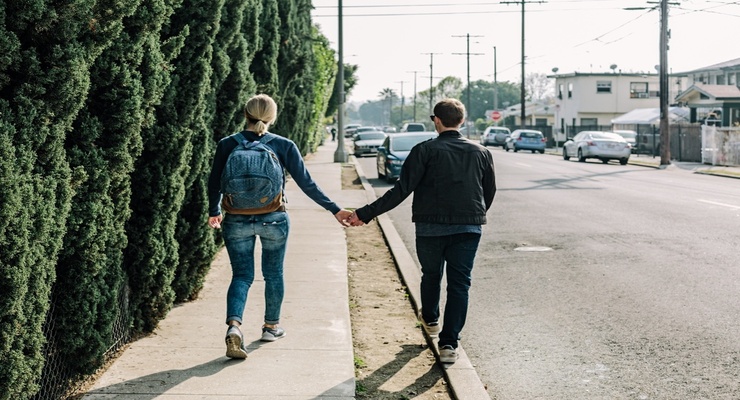By Marilee Feldman, LCPC, CADC
Have you noticed in your relationship that you have pursuer-distancer dynamics, that is, one person typically pursues connection, and the other distances, or move away from that? If so, you’ve got company, as this dynamic exists in almost every relationship. In healthy relationships, there is just a bit of this, and it works well. One partner is adept at emotional expression and creating connection and intimacy (the pursuer), and the other is adept at being calm and self-reliant (the distancer), and things balance out. When couples are experiencing a lot of conflict or disconnection, however, frequently the problem is that the pursuer-distancer dynamic has become too much.
Pursuers crave intimacy and connection. They are comfortable sharing their thoughts and feelings and asking questions of their partner to get him or her to similarly share. When they sense distance, or their partner wants space, they often perceive that as rejection and try harder to get a reaction, even if that starts an argument. At least they are getting something back, even if it doesn’t feel so great, as their greatest fear is of being unimportant, ignored, or abandoned, of losing their partner.
Distancers crave space and autonomy. They prefer to sort things out themselves, and when stressed, they tend to work more, engage in their hobbies more, or be alone. The distancer’s greatest fear is of one of engulfment, of losing themselves in the relationship.
When pursuers and distancers interact, they trigger the other into doing more of the exact behavior they don’t want, setting off a vicious cycle. Pursuers are triggered into pursuing when they sense absence from the distancer, making them feel unheard and unimportant. They then pursue harder, which triggers the distancer to either become defensive or withdraw more, because his or her biggest trigger for distancing is a sense of being criticized or inadequate. Anger abounds, and deeper, more important feelings of hurt and fear remain unexpressed, creating distance.
This dynamic has roots in our past, and learning about those roots can help us learn to get our needs met more effectively. In short, we all come into our romantic relationships with unmet needs from our childhoods. On a not-so-conscious level, we’re all hoping that the person we marry will be able to help us get those needs met. Typically, pursuers crave more intimacy and connection, having felt too much absence or disconnection from their parents growing up. Distancers often had parents who were overbearing or highly anxious, and so they figure the best way to not have things escalate is to remain quiet and not cause more conflict or anxiety. The bottom line with this dynamic is that everyone is doing what they think is best to preserve the relationship.
The goal in our relationships is to balance our needs for both intimacy and autonomy and for each partner to have both those strengths. In general, pursuers minimize their need for autonomy and independence, unaware that they can manage their upset feelings more independently. Distancers tend to disown their need for connection, not recognizing that being overly self-reliant makes them feel disconnected and alone.
To stop the pain, couples must learn to verbalize something other than anger and get to the more vulnerable feelings underneath: the hurt, loneliness, inadequacy, and abandonment they feel. In doing so, the pursuer is able to draw back and put more energy into their own life and interests, growing more self reliant. And the distancer can step back in, verbalizing at times their need for space but also trusting that they can approach their partner and express a need for connection.



